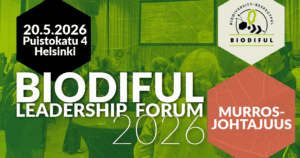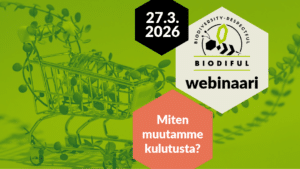Lalot, F., Räikkönen, J. & Ahvenharju, S. (2025) An item response theory approach to measurement in environmental psychology: A practical example with environmental risk perception. Journal of Environmental Psychology. https://doi.org/10.1016/j.jenvp.2025.102520
Abstract
Environmental psychology heavily relies on psychometric scales to approach relevant psychological constructs. Traditionally, these scales have most often been developed using classical test theory, despite the availability of more advanced methods like Item Response Theory (IRT)—a specific form of “modern test theory”. The increasing capabilities of statistical software and the growing availability of open-source tools such as R packages have made IRT analyses more accessible and easier to implement. Adopting such approach would significantly benefit the field by enhancing the rigour and precision of our measurement instruments. In this short note, we present a practical example of applying IRT to developing a short scale of environmental risk perception (assessing perceived likelihood, seriousness, and concern about threats related to biodiversity loss and climate change). We use data from a large-scale survey of the views of the population of Finland about biodiversity and other environment-related issues (N = 2005). In a dual-step process of confirmatory factor analysis followed by IRT, we demonstrate evidence of validity and reliability of the 6-item environmental risk perception scale in the context of a national study. We illustrate how IRT offers a more informative and comprehensive evaluation of specific items (assessing their location, discrimination, and information) and, therefore, of the overall scale (information and conditional reliability) compared to classical test theory. We advocate for the broader adoption of IRT within environmental psychology to improve the quality of the instruments we rely upon as a field.
Highlights
- Environmental psychology heavily relies on psychometric scales.
- Using Item Response Theory (IRT) may improve the quality of these instruments.
- We present a practical example of applying IRT to a risk perception scale.
- We found evidence for the validity and reliability of the 6-item risk scale.
- We advocate for the broader adoption of IRT within environmental psychology
Reseachers
Further information and interviews: Sanna Ahvenharju, Juulia Räikkönen
PhD, M. Soc.Sc., Deputy Director Sanna Ahvenharju (sanna.ahvenharju@utu.fi) works at the Finland Futures Research Centre (FFRC) as a Senior Research Fellow on projects related to futures consciousness and future thinking, as well as biodiversity protection, overconsumption and environmental policies. She has developed the five-dimensional concept of Futures Consciousness and the Futures Consciousness Scale together with her colleagues. In the BIODIFUL research project, Sanna in involved in work packages 3 Consumption and 5 Society.
Adjunct professor, D.Sc. (Econ. & Bus. Adm.) Juulia Räikkönen (juulia.raikkonen@utu.fi) works in the Biodiversity Unit of the University of Turku as a University Research Fellow. Her areas of expertise include biodiversity, consumer behaviour, experiential consumption, tourism, and wellbeing. In the BIODIFUL research project, Juulia coordinates the work package 3 Consumption.


